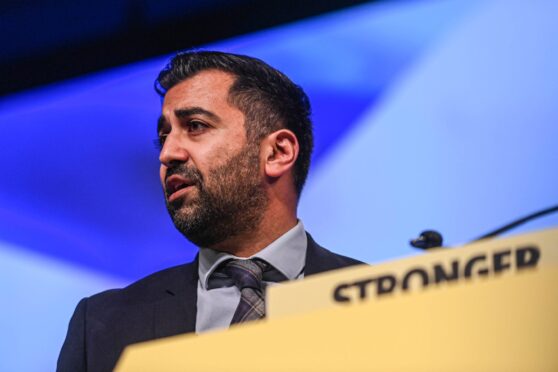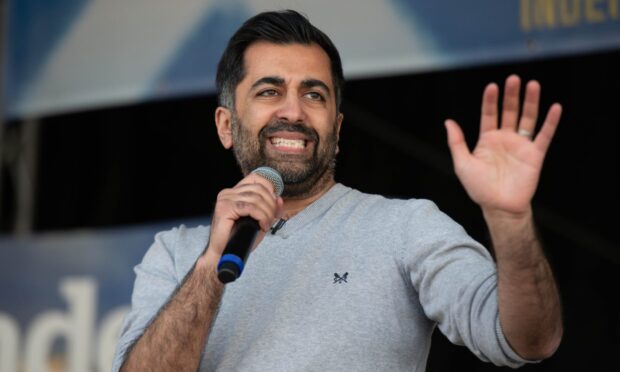Labour’s shadow Scottish Secretary says both John McDonnell and Richard Leonard are correct on income tax – despite having conflicting policies.
Mr McDonnell, the shadow Chancellor, wants to keep Tory tax breaks announced in the Budget for those earning less than £85,000.
But the Scottish Labour leader, who this year advocated higher taxes for those on more than £24,000, does not support the salary-boosting measures for Scots.
Lesley Laird, who is Mr Leonard’s deputy in Scotland as well sitting on Jeremy Corbyn’s frontbench, could not say which policy she preferred, insisting they respond to different circumstances on either side of the border.
The Kirkcaldy and Cowdenbeath MP says an alternative approach to income tax is required in Scotland, where the issue is devolved, partly because of the relatively low number of Scots on top salaries.
“It is wholly appropriate that you have to modify how you look at your tax, based on what your tax take would be because (Scotland’s) population and the salaries are entirely different,” the Scottish Labour deputy leader said.
“I think that’s a sensible approach. It’s not about one-size-fits-all.
“It’s about understanding that if you have the power to flex income tax through the devolution settlement then you do that in a way that is appropriate for the people of Scotland.”
Mr McDonnell angered some in his party this week by saying he would not reverse Chancellor Philip Hammond’s decision to lift the higher rate threshold to £50,000, which would help the richest and cost the Treasury nearly £3 billion.
The self-proclaimed Marxist wants to target those on salaries higher than £85,000 instead.
Mr Leonard, a Central Scotland MSP, distanced himself from Mr McDonnell’s approach, saying raising the threshold should not be priority.
Ms Laird said they are both right, adding: “For Richard in Scotland it’s about tackling austerity and for John for the whole of the UK it’s about tackling austerity.
“That’s our fundamental principle and how that shapes up in Scotland clearly needs to be different.
“We have devolved the power and we would be the first to say need to use it.”
Meanwhile, Nicola Sturgeon effectively ruled out following Mr Hammond’s tax breaks during First Minister’s Questions on Thursday.
The changes being brought in by the Chancellor mean the point at which people in the rest of the UK start to pay the 40p tax rate will rise from £46,351 to £50,000 in April.
In Scotland, workers not only pay a slightly higher rate for this – 41p as opposed to 40p – but it kicks in earlier, with the threshold currently set at £43,430.
Scottish Conservative interim leader Jackson Carlaw said: “This was a chance for Nicola Sturgeon to offer a glimmer of hope to middle-earners across the country, including senior nurses, teachers and police officers, that she is on their side.
“But they’ll have seen her reaction, and will be bracing themselves for more misery in this upcoming budget.”










